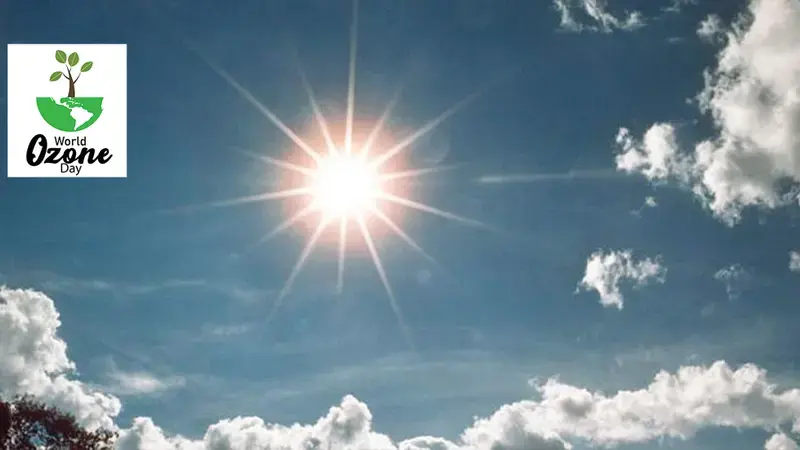The Ozone Layer, the silent protector

by Dr. Ajit Govind, Senior Climate Scientist and Systems Modeler, ICARDA
The stratospheric Ozone Hole is a topic much less discussed than Climate Change. The ozone hole may have a tremendous impact on the Earth’s climate because it regulates UV ray transmissions towards Earth’s surface. Shouldn't we take more notice?
The physics of the link between the Stratospheric Ozone hole and Climate Change is still speculative. But intuitively speaking, there seems to be a huge link because Ultra-Violet (UV) rays are changing the Earth’s energy budget (the balance of incoming solar energy vs outgoing energy). UV rays also impact the melting of polar ice, in turn, followed by a perturbation of the thermohaline circulation which could affect ocean currents. All of these could impact large-scale climatological phenomena such as El Nino etc., which affect small-scale farmers in the form of drought, floods, and extreme events. Thus, we may consider the Ozone Hole as a silent guard.
The Mechanism of Ozone Depletion
The physics of the ozone hole is that certain Ozone Depleting Substances (ODS), mostly chlorofluorocarbons (CFC) molecules that are long-lived, create a unique cloud called a Polar Stratospheric Cloud (PSC) during the dark Antarctic Winter (~July). PSCs are made of molecules such as Hydrochloric Acid (HCL) and Nitric Acid (HNO3) and not Water (H2O).
In the Antarctic Spring (~Sept), because of increased sunlight, these molecules undergo a chain reaction, damaging the ozone layer. Note that the usual clouds we see are formed only in the Troposphere and comprised of water molecules, so the phenomenon of polar stratospheric cloud is quite unique. There is evidence that the ozone hole in the North Pole is opening up in recent years while the hole in the South Pole is closing. This is alarming as much of the terrestrial land is in the northern hemisphere. The ozone hole was contained greatly because of the successful Montreal Protocol (signed on 16 Sept 1987), which limits CFCs in our daily lives.
How is Agriculture Linked?
Although studies are primordial, there is ample evidence that fertilizer-based Nitrous Oxide (N2O) emissions are powerful Ozone Depleting Substances (ODS) besides being powerful greenhouse gases triggering climate change. Other than these, various agrochemicals such as fumigants (e.g., Methyl Bromide) are powerful ODS. We need to be careful about N2O as it is not yet listed in the Montreal Protocol (Ravishankara et al. 2009). Agriculture is definitely one of the largest contributors to climate change and a sector that depletes stratospheric ozone.
What can CGIAR do?
Along with the conventional climate change mitigation research, which hitherto focuses only on carbon fluxes, greater attention must be given to strategies to reduce nitrous oxide emissions from the agricultural sector, especially in high-input agricultural sectors.
This way, we will kill two birds with one stone:
- mitigate climate change and
- preserve the Ozone Layer.
While we focus on “escaping" climate change with adaptation measures, we are also responsible for mitigating climate change and allied geophysical phenomena. Thus, the approach of mitigative adaptation may be a better option.
---------------------------------

Senior Climate Scientist and Systems Modeler, ICARDA
